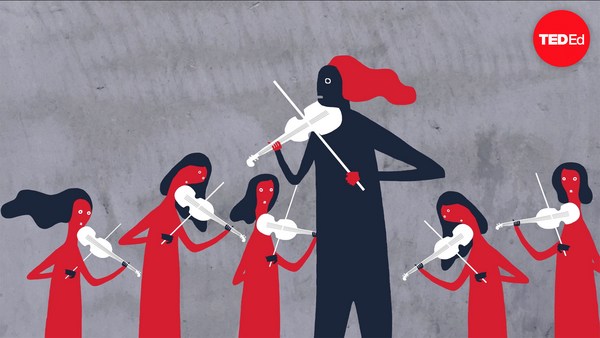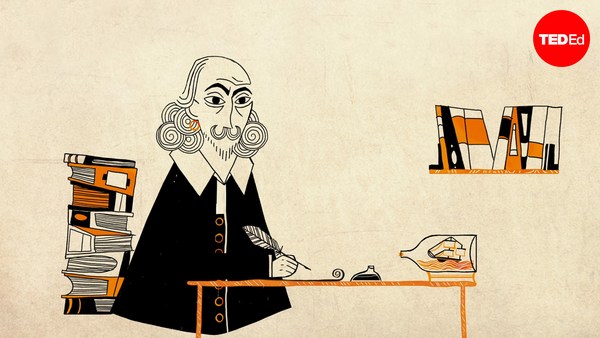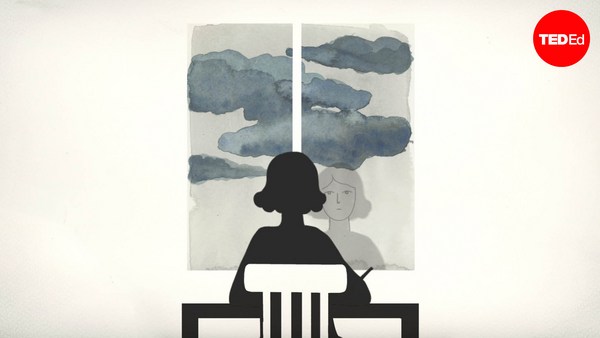“Abandon all hope, ye who enter here… ” Inscribed above the Gate of Hell, these ominous words warn dark tidings for Dante as he begins his descent into inferno. Yet despite the grim tone, this prophecy sets into motion what is perhaps the greatest love story ever told; an epic journey that encompasses both the human and the divine. But for Dante to reach benevolent salvation, he must first find his way through Hell.
This landscape of torture is the setting for "Inferno," the first in a three-part narrative poem written by Dante Alighieri in the 14th century. Casting himself as the protagonist, Dante travels deeper and deeper into Hell’s abyss, witnessing obscene punishments distinct to each of its nine realms. Beginning in Limbo, he travels through the circles of Lust, Gluttony, Greed, Wrath, Heresy, Violence, and Fraud, to the horrific ninth circle of Treachery, where sinners are trapped under the watchful eyes of Satan himself. The following two parts, "Purgatorio" and "Paradiso," continue Dante’s journey, as he scales the Mount of Purgatory and ascends the nine celestial spheres of Heaven. Written together over 10 years, these 3 sections comprise the "Divine Comedy"– an allegorical imagining of the soul’s journey towards God.
But Dante’s "Divine Comedy" is more than just religious allegory. It’s also a witty, scathing commentary on Italian politics. A soldier and statesman from Florence, Dante was staunchly faithful to God, but often critical of the Roman Catholic Church. He particularly disliked its rampant nepotism and practice of simony, the buying and selling of religious favours such as pardons from sin. Many groups took advantage of these corrupt customs, but few supported them as much as the Guelfi Neri, or Black Guelphs. This was a political and religious faction which sought to expand the pope’s political influence. Dante was a member of the Guelfi Bianchi, or White Guelphs– who believed Florence needed more freedom from Roman influence. As a public representative for the White Guelphs, Dante frequently spoke out against the pope’s power, until the Black Guelphs leveraged their position to exile him from Florence in 1302. But rather than silencing him, this lifelong exile led to Dante’s greatest critique of all.
Dishonored and with little hope of return, the author freely aired his grievances with the Church and Italian society. Writing the "Divine Comedy" in Italian, rather than the traditional Latin of the educated elite, Dante ensured the widest possible audience for his biting political commentary. In the "Inferno’s" circle of the Wrathful, Dante eagerly witnesses sinners tear Black Guelph Filippo Argenti limb from limb. In the circle of Fraud, Dante converses with a mysterious sinner burning in the circle’s hottest flames. He learns that this is Pope Nicholas III, who tells Dante that his two successors will take his place when they die— all three guilty of simony and corruption.
Despite the bleak and sometimes violent imagery in "Inferno," the "Divine Comedy" is also a love story. Though Dante had an arranged marriage with the daughter of a powerful Florentine family, he had also been unrequitedly in love with another woman since he was nine years old: Beatrice Portinari. Despite allegedly meeting just twice, she became Dante’s lifelong muse, serving as the inspiration and subject for many of his works. In fact, it’s Beatrice who launches his intrepid journey into the pits of Hell and up the terraces of Mount Purgatory. Portrayed as a powerful, heavenly figure, she leads Dante through "Paradiso’s" concentric spheres of Heaven until he is finally face-to-face with God.
In the centuries since its publication, the "Divine Comedy’s" themes of love, sin, and redemption have been embraced by numerous artists– from Auguste Rodin and Salvador Dali, to Ezra Pound and Neil Gaiman. And the poet himself received his own belated, earthly redemption in 2008, when the city of Florence finally revoked Dante’s antiquated exile.


